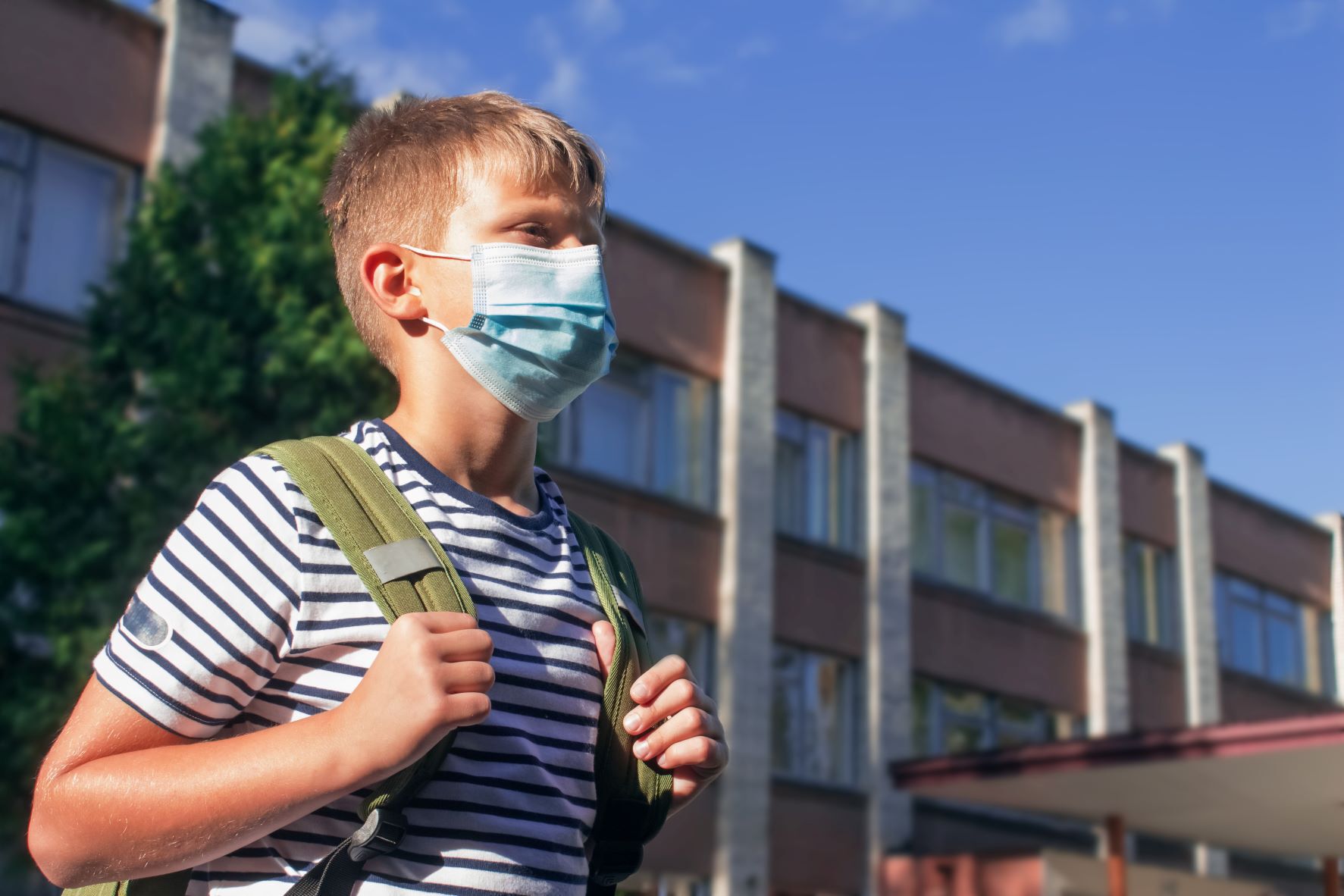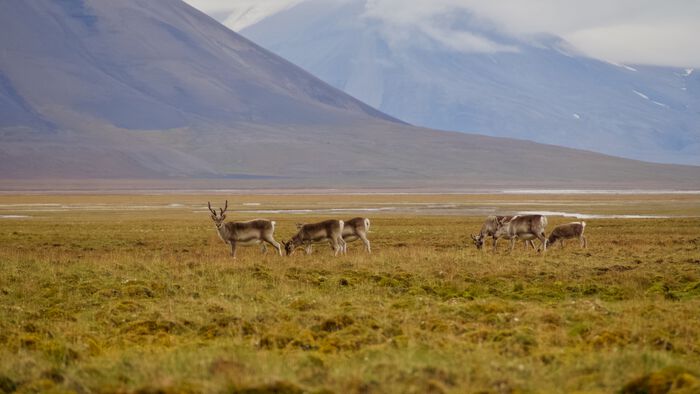Risks will shift from older adults to younger children within the next few years, researchers predicts as they share the results from their mathematical models. Because children generally gets less ill from this disease, the overall burden from COVID-19 will decline.
“In a few years COVID-19 may behave like other common-cold coronaviruses. It is likely that it will affect mostly young children who have not yet been vaccinated or exposed to the virus”, explains Ottar Bjørnstad, an expert in epidemiology and professor at Penn State University.
He stresses, whatsoever, that the only thing scientists can do at this time of the epidemic is to try to make predictions, and plausible scenarios of what will happen.
“We don’t know anything much about SARS CoV-2. Scientists can’t be sure at this stage, but for this study we have used keydata, and we have also taken into account what we know from other coronaviruses.”
You can also read this article in Norwegian
A mild cold
For example ongoing work suggests that the Asiatic or Russian flu, which killed one million people in the pandemic in 1889-1890, may have been caused by the emergence of a coronavirus.
“Today this is a mild cold virus affecting mostly children”, says Bjørnstad.
He has worked closely with Ruiyun Li, postdoctoral fellow at the University of Oslo, on this study. They have developed a realistic age-structured mathematical model that integrates demography, social mixing, and immunity. The model predicts possible scenarios of future age incidence and burden of mortality.
“We have also taken into account varying demographics and we have examined disease burden over immediate, medium and long terms”, explains Li.
The researchers have looked at 11 different countries that differ widely in their demographics. Their model predicts different outcomes for different countries. Nils Chr. Stenseth, professor of ecology and evolution, University of Oslo, explains this:
“Different countries have different age pyramids, and also different age-specific contact rates. South Africa, for example, will have a lower number of deaths due to its younger population structure compared to older populations such as Italy.”
A powerful tool
However regardless of demographics, the scientists predicts a consistent shift of the risk to the young for all the countries.
The study appears in Science Advances today. Jessica Metcalf, associate professor of ecology, evolutionary biology and public affairs, Princeton University, has also contributed.
“We are very proud of our results and we have designed our model so that health authorities will have a powerful and flexible tool. We hope that they will use our results to strengthen their preparedness regarding not only COVID-19 but any future pandemics”, says Stenseth.
Suggesting a new vaccine strategy
Building on this study the team consisting of Stenseth, Bjørnstad and Li have also developed a mathematical framework for comparing alternative vaccine roll-out strategies for the years to come. Their results show that switching vaccination among groups will be important in the future.
“Health authorities should be aware that over time switching the priority from high-risk older age groups to more social groups that are responsible for more circulation of the virus will be beneficial”, says Stenseth.
The research team considered different vaccine allocation strategies and have shown that it is important to identify the ones in the population that are more sociable. The model shows that the mixed vaccination approach, as compared to focusing on the high-risk groups only, can lead to a substantial reduction in mortality as well as infections.
“Our goal is trying to lower the death rate and also the infection”, says Li.
Party-people should be prioritized
“All over the world we have seen vaccine roll-out strategies where the authorities start with the elderly and the go down through the age ladder. In our study we show that it will be useful to mix the vaccination between the older people and the more social people. It is good to start with the elderly, but then just moving down the age ladder is not the best way”, says Stenseth.
The study bases on open data sources.
“The availability of data is amazing. We can look at age structure in various countries, and also different social interaction structures in different countries”, says Stenseth.
The researchers stress that the governments will need a flexible tool to guide future vaccination campaigns. Coronavirus immunity may not be very long-lived, and repeat vaccination may be important.
“What is interesting about our results is that the best strategies depend on the age pyramid of the country and the demographic profiles of course, but also country specific mixing social patterns”, Ottar Bjørnstad says.
Scientific articles:
Ruiyun Li, Jessica E. Metcalf, Nils Chr. Stenseth & Ottar N. Bjørnstad: A general model for the demographic signatures of the transition from pandemic emergence to endemicity, Science Advances, Aug 2021.
Ruiyun Li, Jessica Ottar N. Bjørnstad & Nils Chr. Stenseth: Switching vaccination among target groups to achieve improved long-lasting benefits Royal Society Open Science, June 2021.





